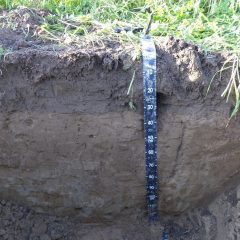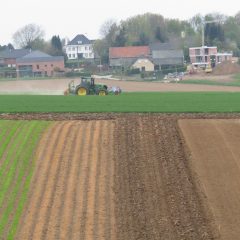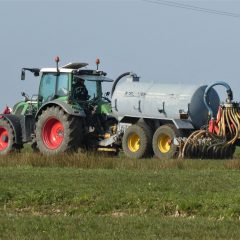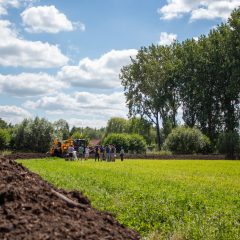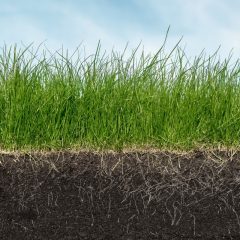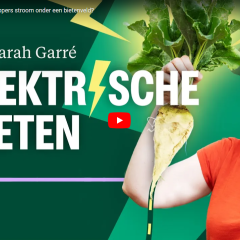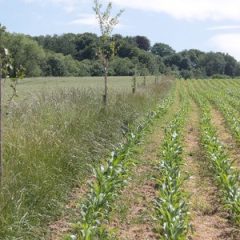Research project Reduction of soil nitrous oxide emissions: innovative mitigation strategies for Flemish agriculture and development of regional emission factors
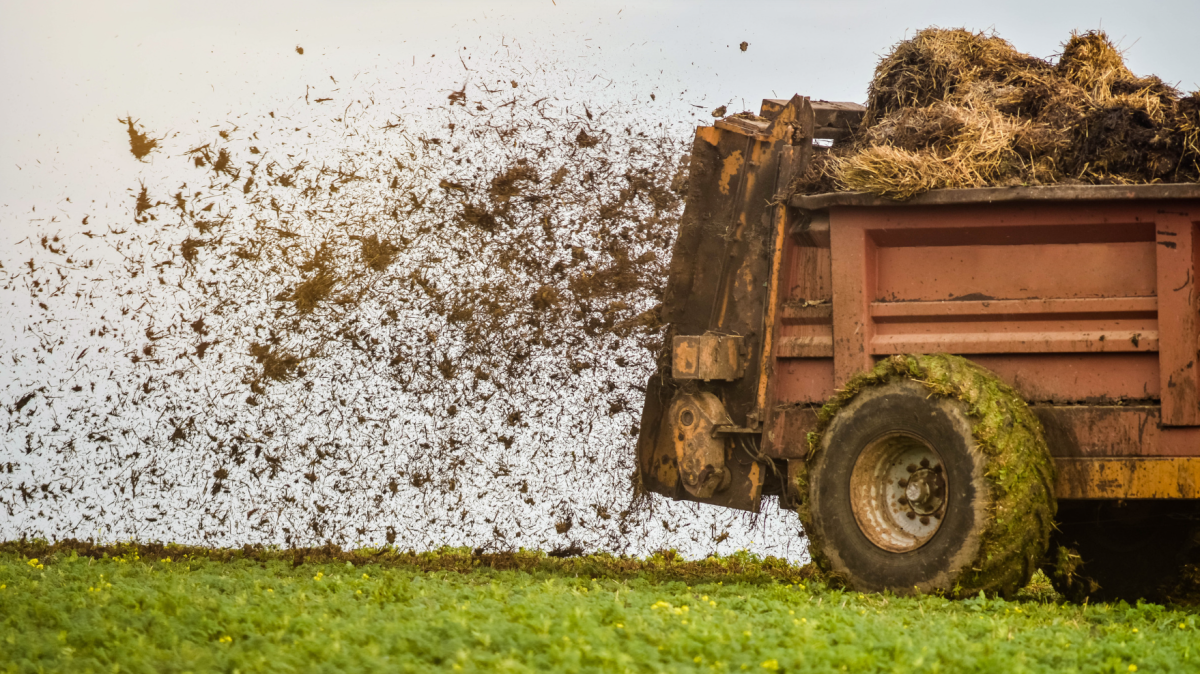
General introduction
How many and which gaseous emissions are released from agricultural soils in Flanders? What activities or practices can a farmer use to reduce these emissions? And how do possible tradeoffs arise, where, for example, one type of emission (e.g. nitrous oxide) is reduced but another (e.g. ammonia) is increased? ILVO wants to answer these questions in the LILA project. At the start of this project, it is estimated that greenhouse gas emissions from agricultural soils represent 15% of total greenhouse gas emissions within agriculture. Nitrous oxide (N2O) in particular is thought to have a large share of soil greenhouse gases: as much as 72% of total nitrous oxide emissions within agriculture come from soil. The researchers want to know more precisely which conditions and processes surrounding the use and incorporation of artificial fertilizer, animal manure and crop residues affect (the balance between) N2O emissions and NH3 (ammonia) emissions, and on the other hand the build-up of carbon in the soil, and thus a reduction of CO2 in the atmosphere (i.e. climate mitigation). The application of organic fertilizer is seen as a carbon sequestration promoting action, and stimulated through an eco-scheme. If the CO2 emission reduction would thereby lead to (much) more emission of the much more punitive greenhouse gas N2O, this would lead to climate backsliding.
Research approach
Specifically, we will establish multi-year field trials to intensively monitor nitrogen emissions and nitrogen losses in general. We will map in detail the gaseous nitrogen losses after the application of some important fertilizers. In order to minimize these emissions, we are investigating the potential of several innovative mitigation measures. Using a modeling approach, we also explore the impact of carbon farming practices on potential trade-offs in the form of gaseous nitrogen emissions.
Relevance/Valorization
We obtain a refined and representative representation for Flanders of the gaseous soil emissions after the application of manure(s) and carbon agriculture. We can more accurately propose innovative field measures that reduce emissions as much as possible. We get clarity on which carbon farming practices have a net positive effect on climate mitigation. This also allows a more correct representation of climate mitigation to happen in carbon farming schedules. In summary, LILA contributes to a finer better informed climate accounting which will also enable more targeted mitigation.
Financing
VLAIO

